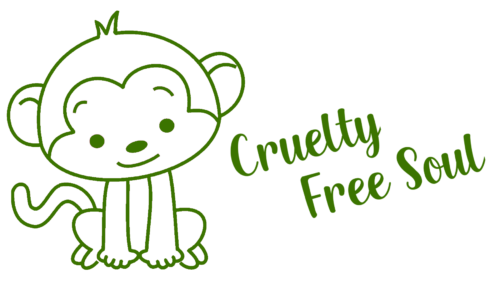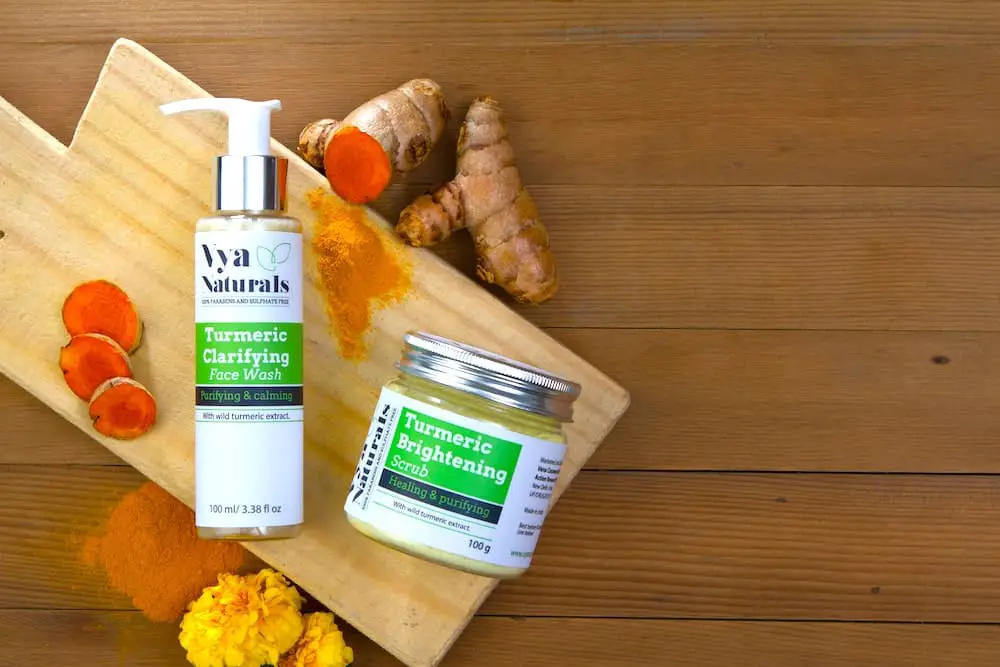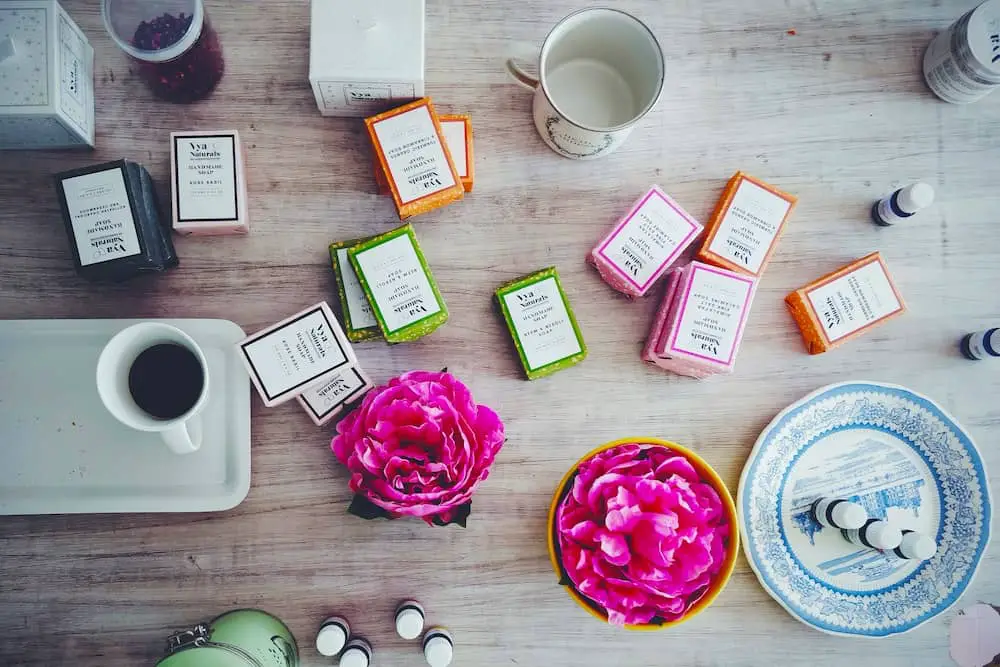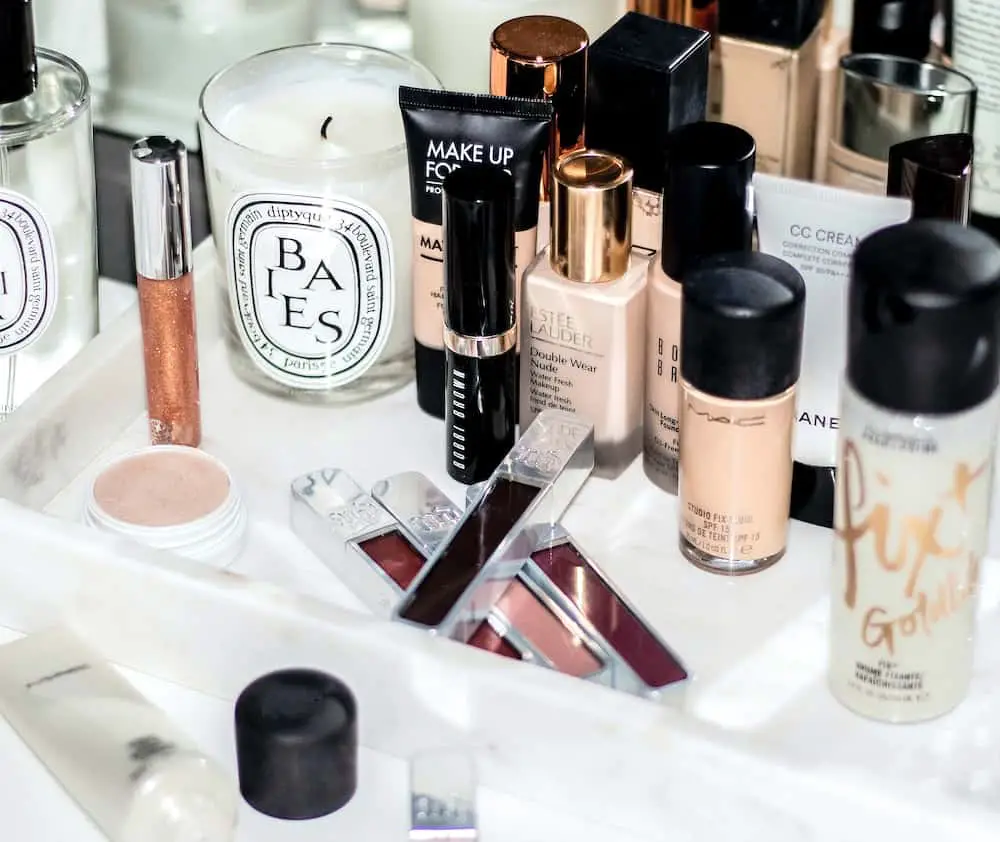There are many different levels and types of cruelty-free products on the market these days. Products often carry labels such as “cruelty-free,” “not tested on animals,” “vegan,” or “ethically sourced.” It can be puzzling to truly decipher the ethics of a product and what those labels mean.
Cruelty-free means the product was not tested on animals. According to the U.S. Food & Drug Association (FDA), there is unrestricted use for the terms “cruelty-free” or “not tested on animals” because there are no legal definitions for these terms.
While there is no direct legal definition, many companies use “cruelty-free” as a term to validate how ethically their products are produced. Read on to learn more about the usage of the term “cruelty-free”. We’re going to show you how to determine if a company meets specific organizations’ standards (and your own).
What Industries Use the Term “Cruelty-Free”?
More often than not, companies that may use the term “cruelty-free” are those in personal hygiene and cosmetics.
Due to the nature of some of the ingredients in these products, these companies have spent decades testing their products on animals to determine if they are safe for humans.
Unfortunately, most of this work is done to defend the company in case of a lawsuit; the FDA requires no such testing to clear the product for consumption on the market.
Other Industries and Related Labeling
Other industries that you may see utilize this label rely on animals for the production of a product, such as the down industry and wool producers.
Many other industries are following suit with similar labels, such as “certified humane” and “animal welfare approved.”
Does Cruelty-free Mean No Animals Were Harmed?
Cruelty-free is the term adopted to signify the product was not tested on animals. However, there is usually no record or mention of where the individual parts came from, it is often difficult to establish where or how those ingredients came to be part of the finished product.
So, in short: no.
Cruelty-free does not necessarily guarantee that no animals were harmed for the product. It only means that the finished product was not tested on animals.
The claims “cruelty-free” and “not tested on animals” are unregulated terms, meaning that the use of these labels is based solely upon the manufacturer's interpretation.
To determine if a cruelty-free product was not tested on animals, you need to look at the company at question. How does this company define the term “cruelty-free”? What 'cruelty-free regulations are enough to meet their standards? Are their regulations standardized by an organization such as Leaping Bunnies?
Are All Cruelty-Free Companies Vegan?
Cruelty-free products may still contain animal byproducts or derivatives such as lanolin from sheep or beeswax – this means they cannot be classified as vegan.
Vegan companies do not use any animal matter in their products, whereas cruelty-free products don’t test their products on animals.
A company might very well be both cruelty-free and vegan, but they do not always go hand-in-hand.
There is no official legal term for companies who do or do not test on animals and are vegan. That being said, many organizations have created extensive lists of cruelty-free brands and do not harm animals in the creation of their products.
If a product is labeled as vegan, that doesn’t necessarily mean that animals weren’t used in the testing process. It just means that there aren’t animal byproducts in the product.
Some products will have labels and logos that state it is “Vegan,” “Cruelty-free,” or “Vegan and Cruelty-free.” If you’re looking for cruelty-free products, make sure that your brand doesn’t simply claim to be vegan.
If you’re interesting finding out more about vegan vs. cruelty-free products and which ones we recommend, this read is perfect for
you: Are Cruelty-Free Products Vegan?
What Makes a Product Cruelty-Free?
The origin of “cruelty-free” can be traced back to the 1950s, and its current use is more of a marketing tactic than a guarantee. Here are a few ways companies justify their use of a cruelty-free label.
So, without the right guidance, it’s still possible to buy cruelty-free products that ARE tested on animals.
But not all hope is lost in our pursuit of authentic cruelty-free products. Despite the lack of federal regulation of these terms, there are highly esteemed, legitimate sources that you trust to advocate true cruelty-free products.
That’s what we’re going to look at next…
How Can You Tell if a Company is Cruelty-Free?
The easiest way to tell if a brand is cruelty-free is to look for a certified logo on their packaging. The logo design can vary, but it should clearly state cruelty-free. Top organizations who have certified products as cruelty-free are:
Choosing cruelty-free products can seem nuanced and time-consuming, but these organizations make the process painless and straightforward. They even offer solutions if your favorite brands aren’t cruelty-free.
PETA's Beauty Without Bunnies
Beauty Without Bunnies is PETA's certification program for cruelty-free products. Their program is worldwide and trusted by both consumers and companies. For companies to register as cruelty-free with PETA, they must do one of two things:
Beauty Without Bunnies is a fast way for a brand to get PETA's seal of approval; however, it’s worth noting that PETA does not verify its claims.
Check out Beauty Without Bunnies’ approved brand list here.
Leaping Bunny
Leaping Bunny
is the only internationally recognized organization that certifies brands as cruelty-free.
It is also known as the “global gold standard for cruelty-free cosmetics, personal care, and household products”. Through this platform, buyers can identify companies that meet the requirements of a cruelty-free company.
Leaping Bunny requires all companies they work with to:
Check out Leaping Bunny’s approved brand list here.
Choose Cruelty-Free
Choose Cruelty-Free is an Australian-based non-profit organization whose mission is to end animal testing and make it easier for consumers to make ethical, cruelty-free decisions.
For companies and products to be certified under CCF's accreditation, they need
Check out Choose Cruelty-Free’s approved brand list here.
We know this can all get a bit confusing – but we’ve drawn up an awesome table to help you find out how to figure out what all these logos mean here: Which Cruelty-Free Logos Can You Trust in 2021?
Determining if a Brand Is Cruelty-Free Without the Logo
Sometimes, companies are cruelty-free, but they don't have a unique cruelty-free logo to show for it. One reason for this is that displaying the logo could come at a cost that the company can't afford.
So, don't rule out your favorite brand just yet. If you don't see a cruelty-free logo, there’s are two easy ways you can determine if the brand is cruelty-free or not:
Cruelty-Free Apps for Your Phone
Both PETA and Leaping Bunny offer fantastic apps you can download to your phone.
Bunny Free by PETA
This app gives you three options to check a product:
Cruelty-Free by Leaping Bunny
This app will only list brands that are Leaping Bunny-certified. There are a few options to check if a product or brand is certified by Leaping Bunny:
Call the Company
You’ll need to call the company at their toll-free number and speak with a representative. The toll-free number can usually be found on their products’ packaging or website.
You'll be able to ask if the brand is cruelty-free. Here are some questions to help you figure it out:
If the answer is yes to any of these questions, then they are probably not cruelty-free. If the answer is no to all, then they might be cruelty-free.
A final question you can ask is: Is the brand or company certified as cruelty-free by any organization? If they are certified as cruelty-free, ask them for the organization that certified them. You can then contact the organization to confirm certification.
How We Combat Animal Testing in Cosmetics
Many organizations are working around the clock to combat animal testing in beauty products. Humane Society International established the Be-Cruelty-Free campaign in 2012 to work towards a world with no animal testing to prevent unnecessary suffering of animals for the sake of cosmetics.
Since the Humane Society International enacted the Be-Cruelty-Free campaign in 2012, 1,000+ companies have met their requirements of being certified cruelty-free, and 40 countries have banned cosmetic testing on animals.
Many more countries have legislation in development. Here are some success stories of the campaign, according to Humane Society International:
For more milestones, be sure to visit the Humane Society International website.
What Is the Status on Animal Testing Now?
It is estimated that more than 115 million animals worldwide are used in laboratory experiments every year. This number is likely much higher because this does not include animals that were bred for scientific purposes. When it comes to cosmetics – approximately 500,000 animals still die each year.
Many cruelty-free groups originated by campaigning against the slaughter of animals. A good example is the use of fur in the fashion industry.
So, why is testing these products on animals still considered to be acceptable for some consumers?
Testing cosmetic products on animals is required to sell to Chinese consumers, a massive market with financial potential.
Alternatively, companies who label their products “cruelty-free” have seen success in non-Chinese markets from consumers who identify with the cause and are willing to pay slightly more for the product in exchange for peace of mind.
Due to an increase in consumer conscience, it’s estimated the cruelty-free market will grow 6% by the year 2023.
Things to Keep in Mind About Animal Testing
A few reasons why cruelty-free doesn’t necessarily mean no animals are harmed:
This means that cruelty-free and vegan brands can enter the Chinese market as long as they don’t sell their products physically in stores. This has allowed for consumer demand for products not tested on animals to grow.
Your Favorite Brand Isn’t Cruelty-Free. Now What?
If you find out your favorite brand isn't cruelty-free, don't fret. There are two things you can do:
Petition Your Brand
Petitioning your brand to go cruelty-free shows the company that consumers care about how their products are created. Two easy ways to petition a company are through a letter or an actual online petition.
Choose a Cruelty-Free Alternative
Instead of using a product that underwent animal testing, know that you have many great alternative options.
Organizations like Beauty Without Bunnies, Leaping Bunny and Choosing Cruelty-Free make shopping for reliable, ethical, and cruelty-free products easy.
Take a look at their shopping guides and browse their alternatives.
Besides the fact that animal testing, especially for cosmetics is highly unethical, cruel and often ineffective, there are a ton of benefits around cruelty-free products to consider too:
What Do Cruelty-free Companies Test On?
If companies don’t test their products on animals, does that mean they’re not safe for human consumption? Absolutely not! There are many advanced technologies for testing hygiene and cosmetic products before they reach the market. Here are a few of the alternatives.
Cell Cultures & Human Models
Nowadays, almost every single human or animal tissue can be grown in a laboratory. Some of the most sophisticated replications and models of human organs have been created for studies in cosmetics and hygiene products and modern medicine.
So why don’t companies opt for this option as opposed to testing on animals? First and foremost, artificial cell growth can be expensive. Secondly, animal testing is required to sell some products into markets such as China.
Computer Models
Much of animal testing began before computer models were in existence. These days, computer technology exists to replicate many of the conditions needed to test products that would otherwise be tested on animals.
Volunteer Testing
Sometimes, companies will opt for human volunteers to test their products instead of testing on animals or even computer models. Depending on the product, safe testing has been established for many different industries with the help of volunteers that are compensated for their time.
If you’re interested in learning the stone-cold facts about animal testing and the rising need for safe, effective and cruelty-free alternatives, we highly recommend reading this article next: 10 Facts About Animal Testing You Need to Know (2021)
Final Note
Now that you’re armed with the knowledge we discussed here today, you’re in a much better situation to make informed decisions about the products you purchase.
It turns out that cruelty-free products can still be tested on animals, but there are resources out there to help you find products that are both cruelty-free and not tested on animals, ever!
Although the easiest way to tell if a product or brand is cruelty-free is from the packaging, organizations like Beauty without Bunnies, Leaping Bunny, and Choose Cruelty-Free are in place to help you make an ethical, educated decision on choosing cruelty-free products.
Their representatives are helpful and knowledgeable if you have any further questions. But it is up to you to make the right decisions as a consumer first by being aware, inquisitive and strong in your stance.




